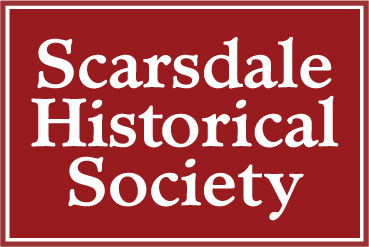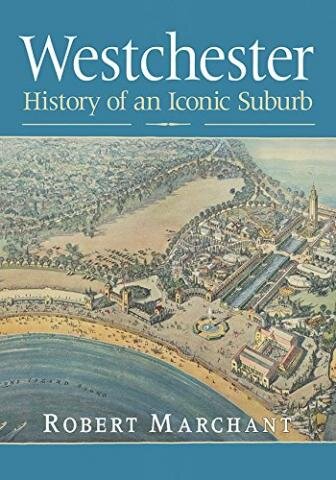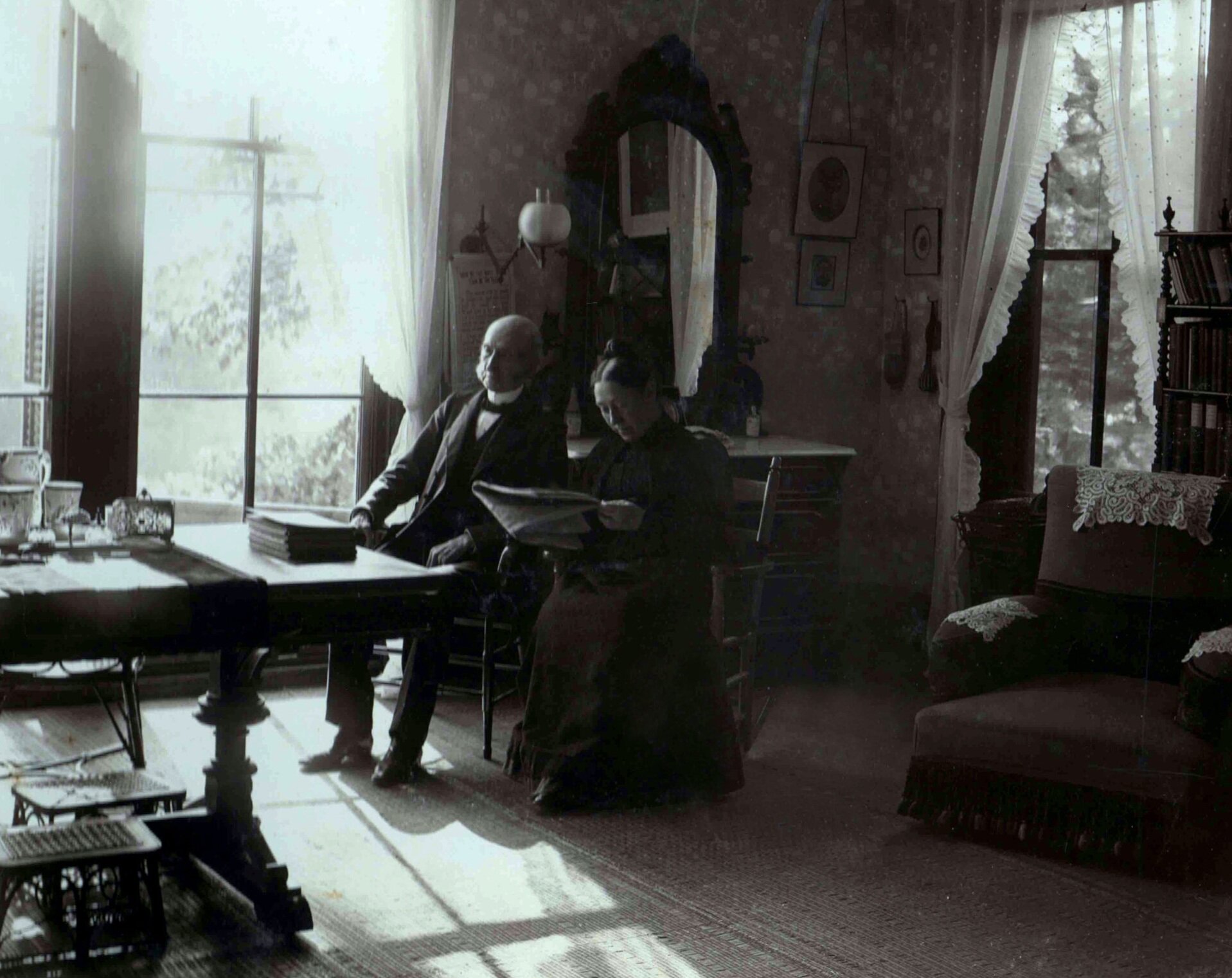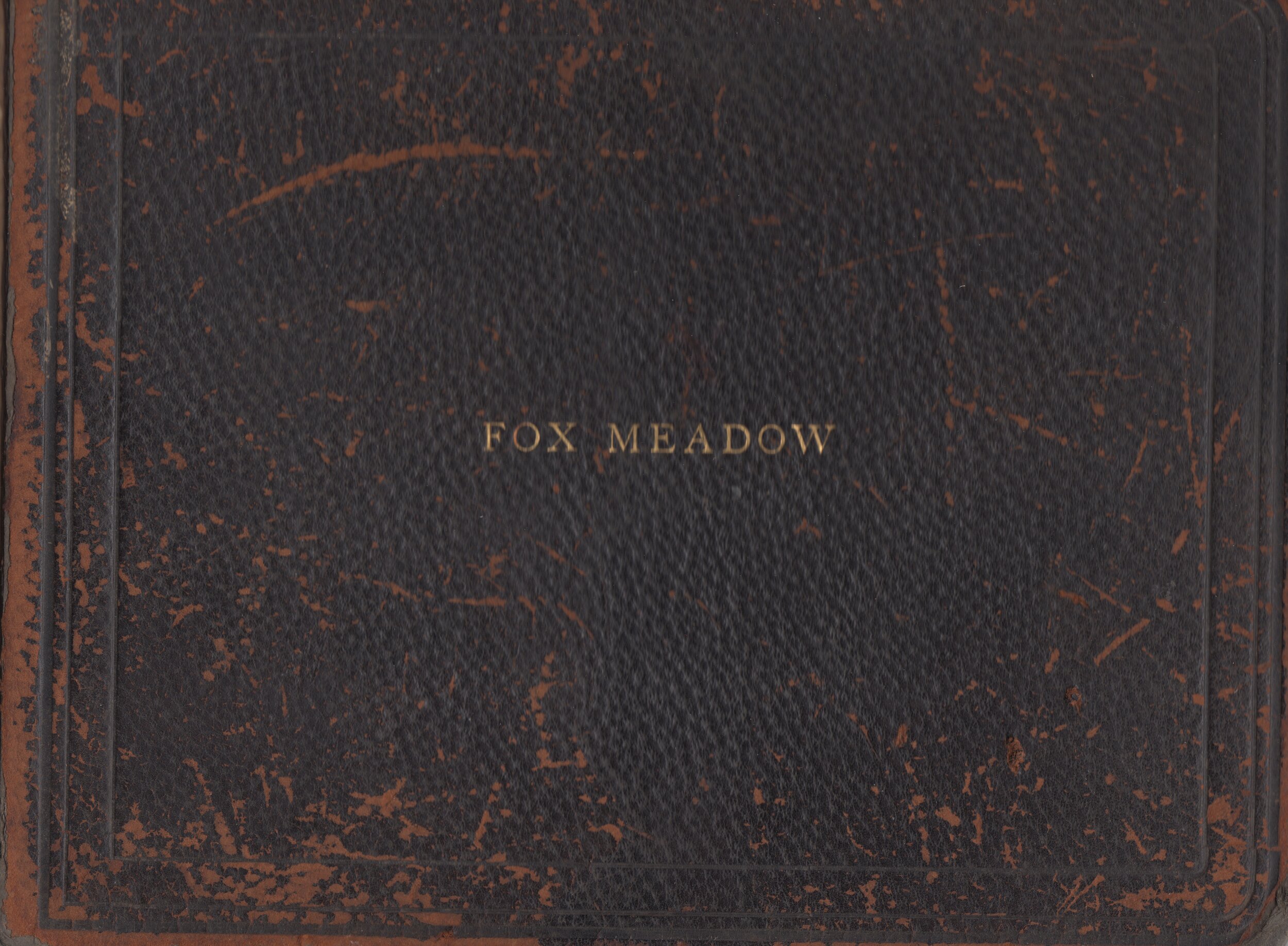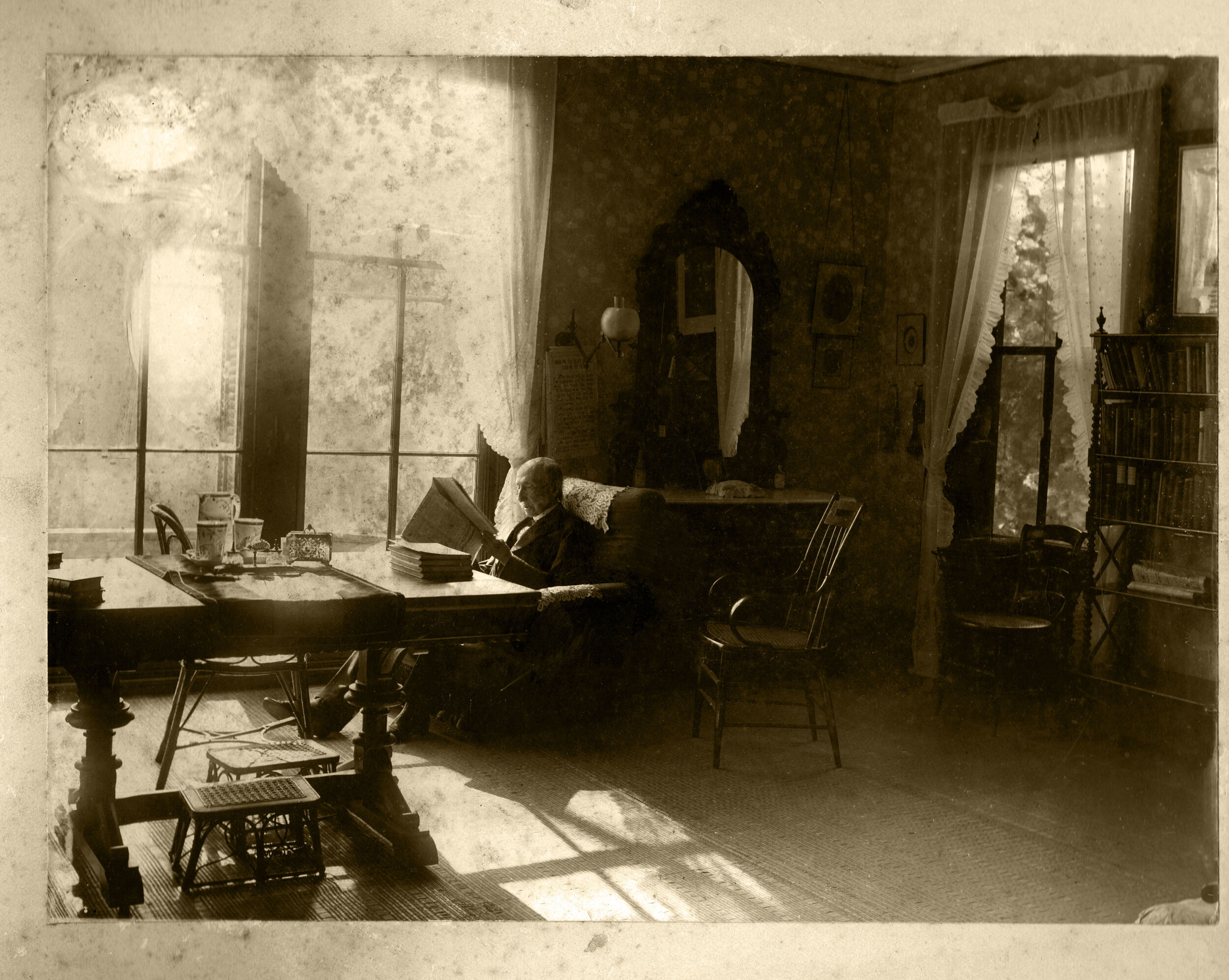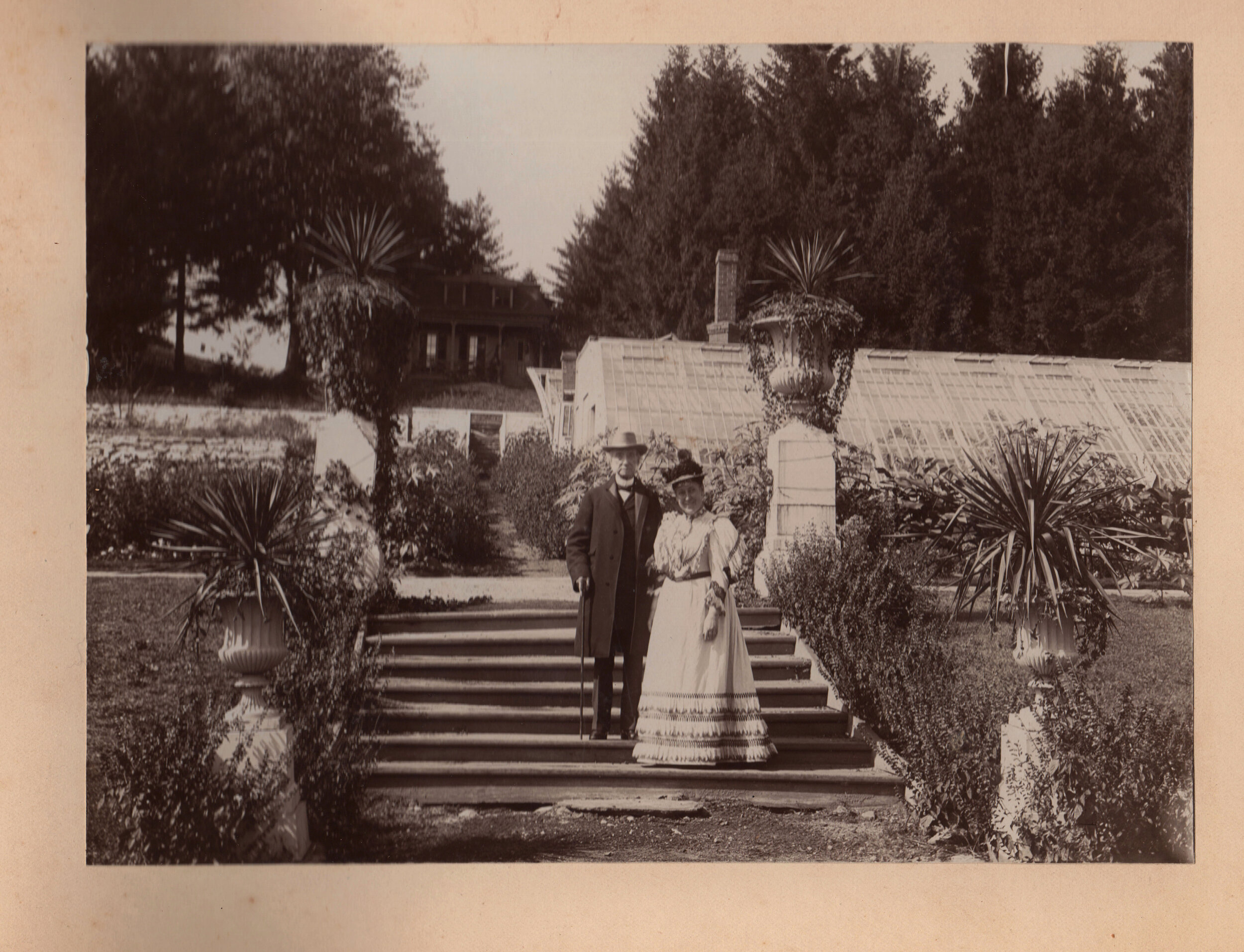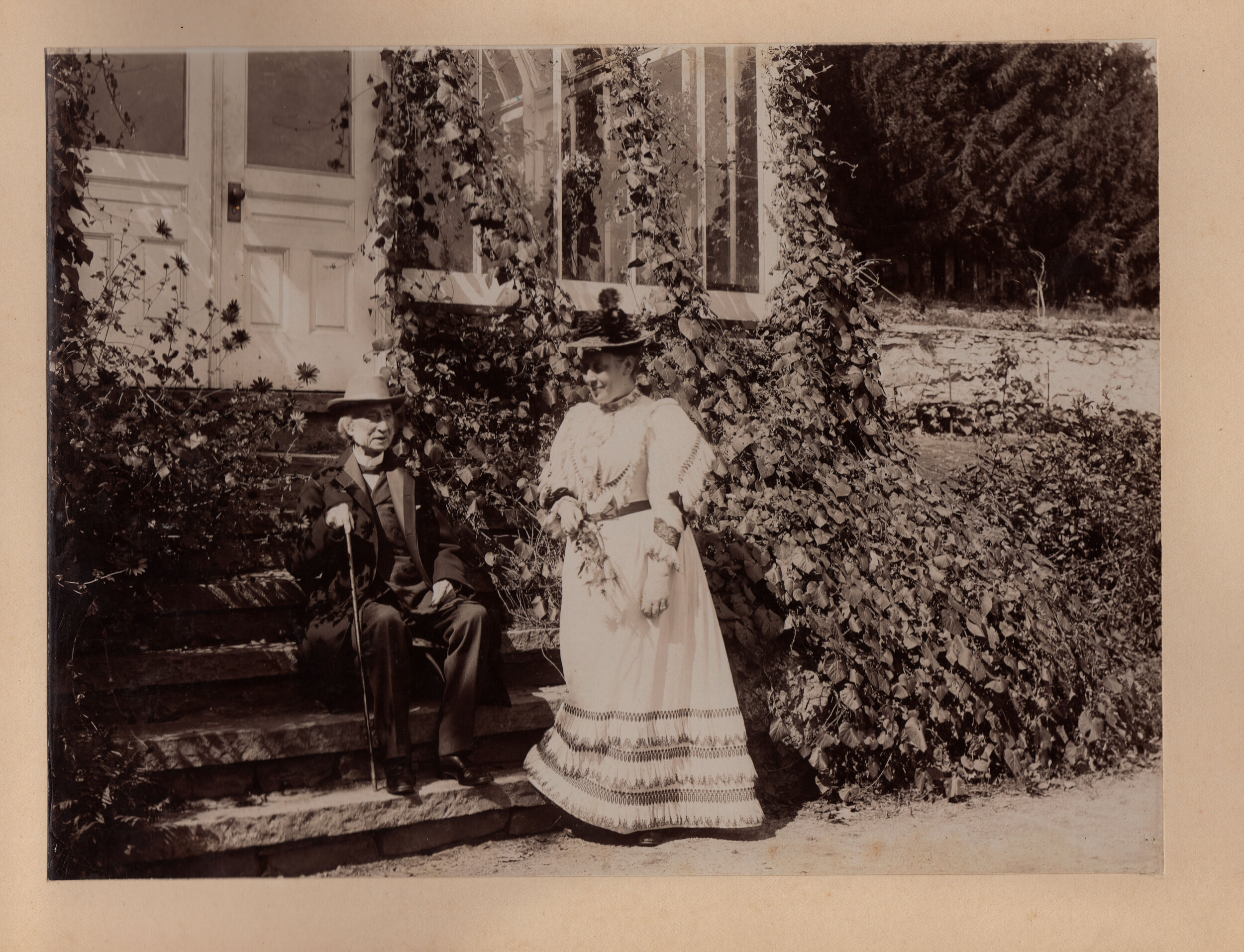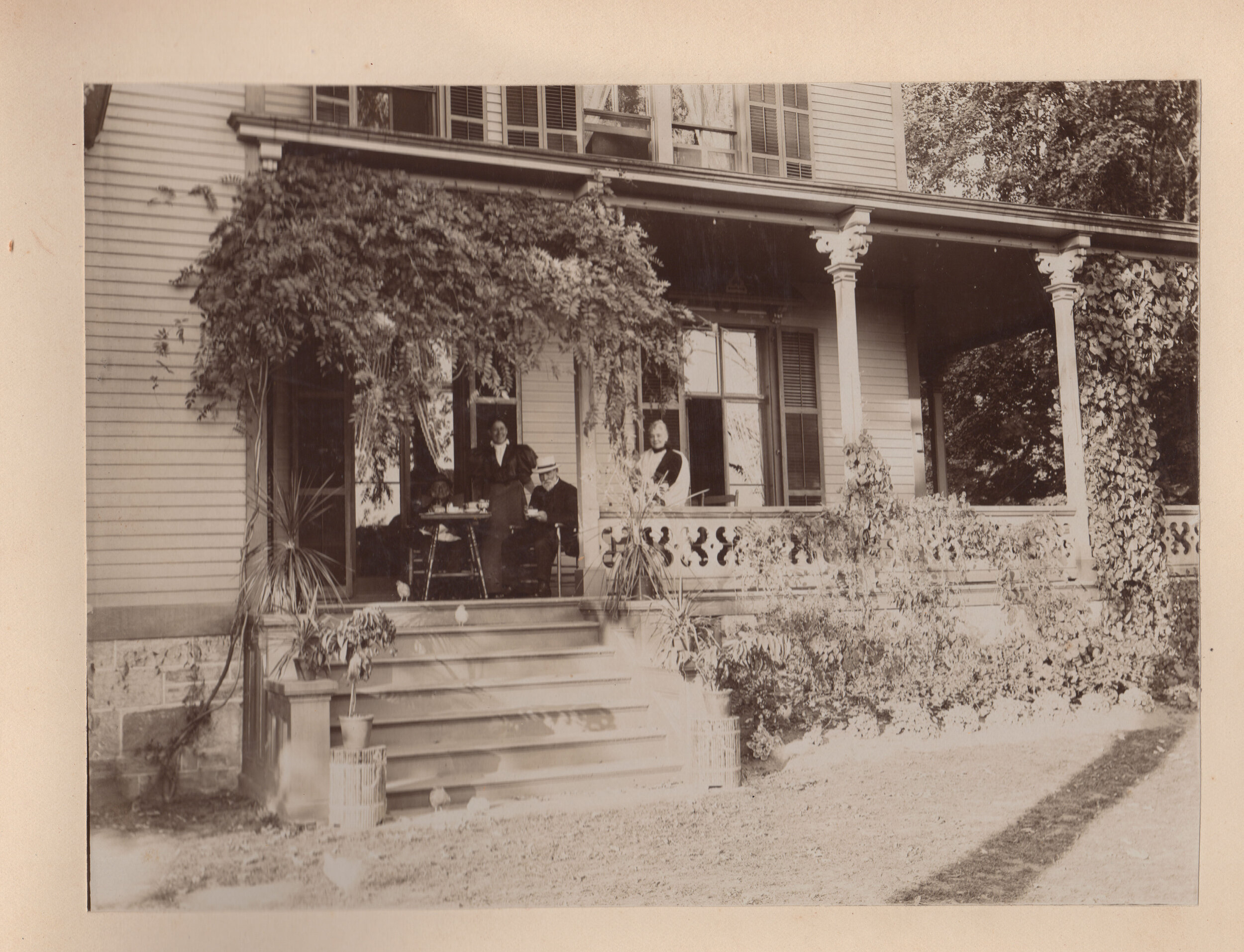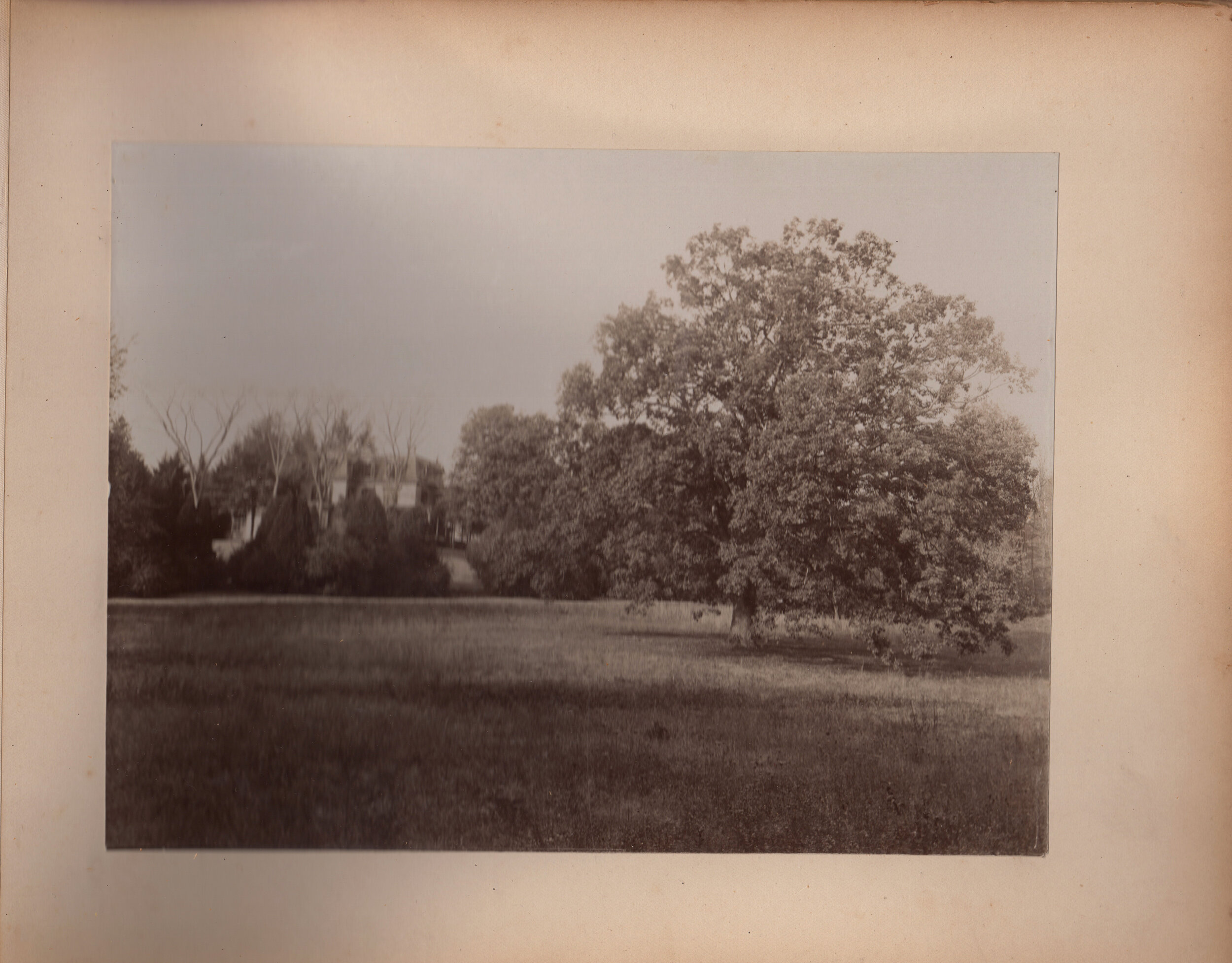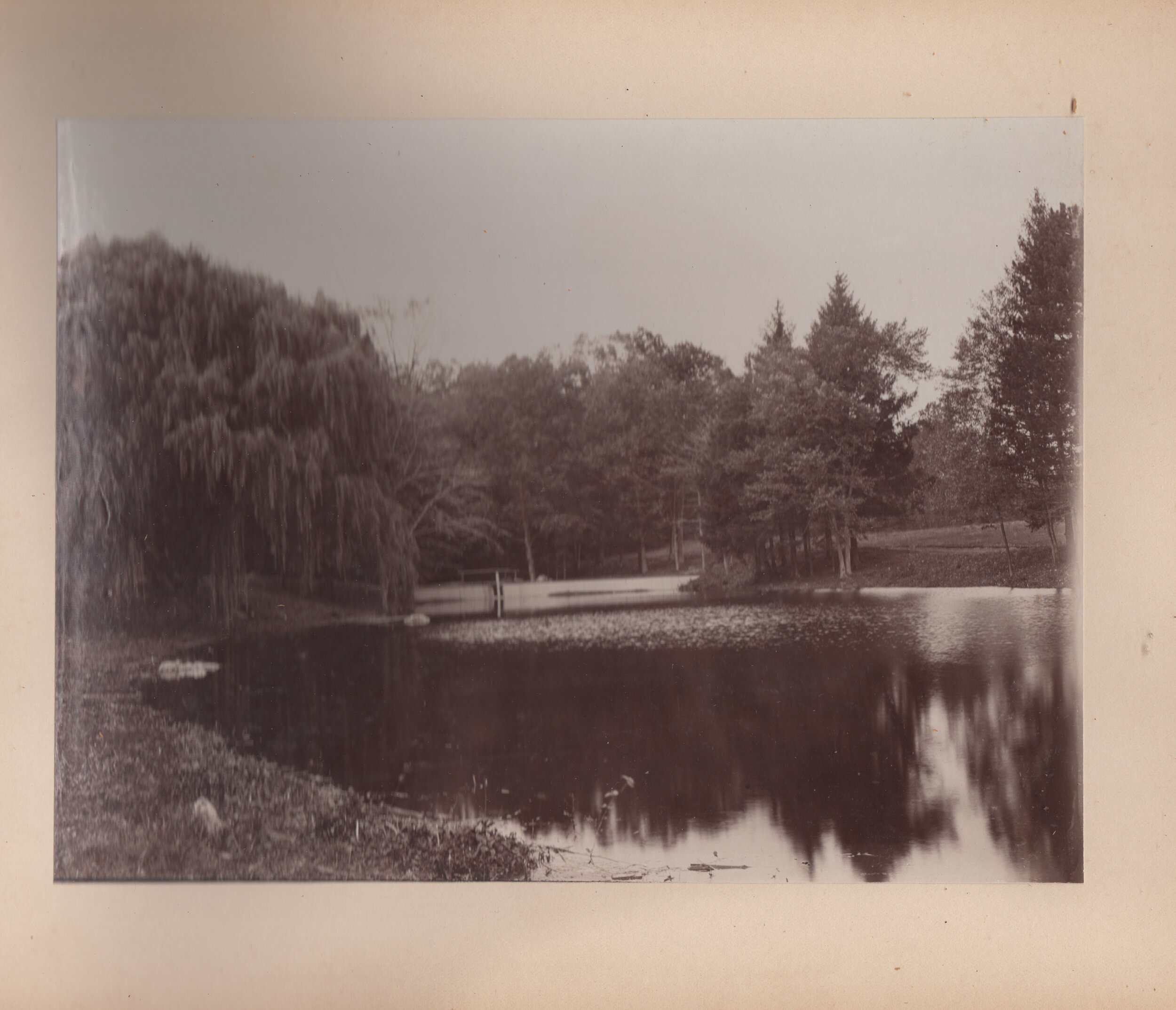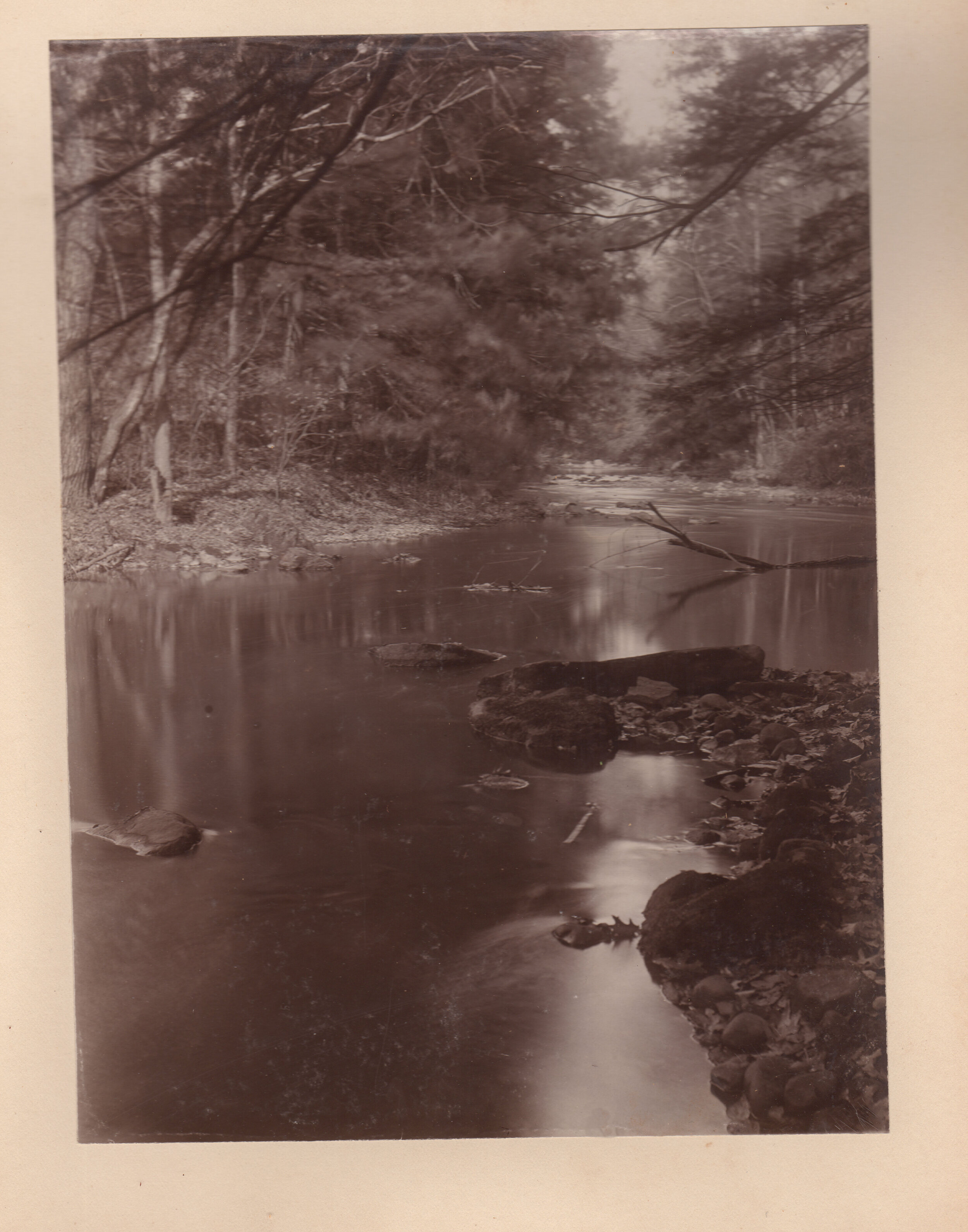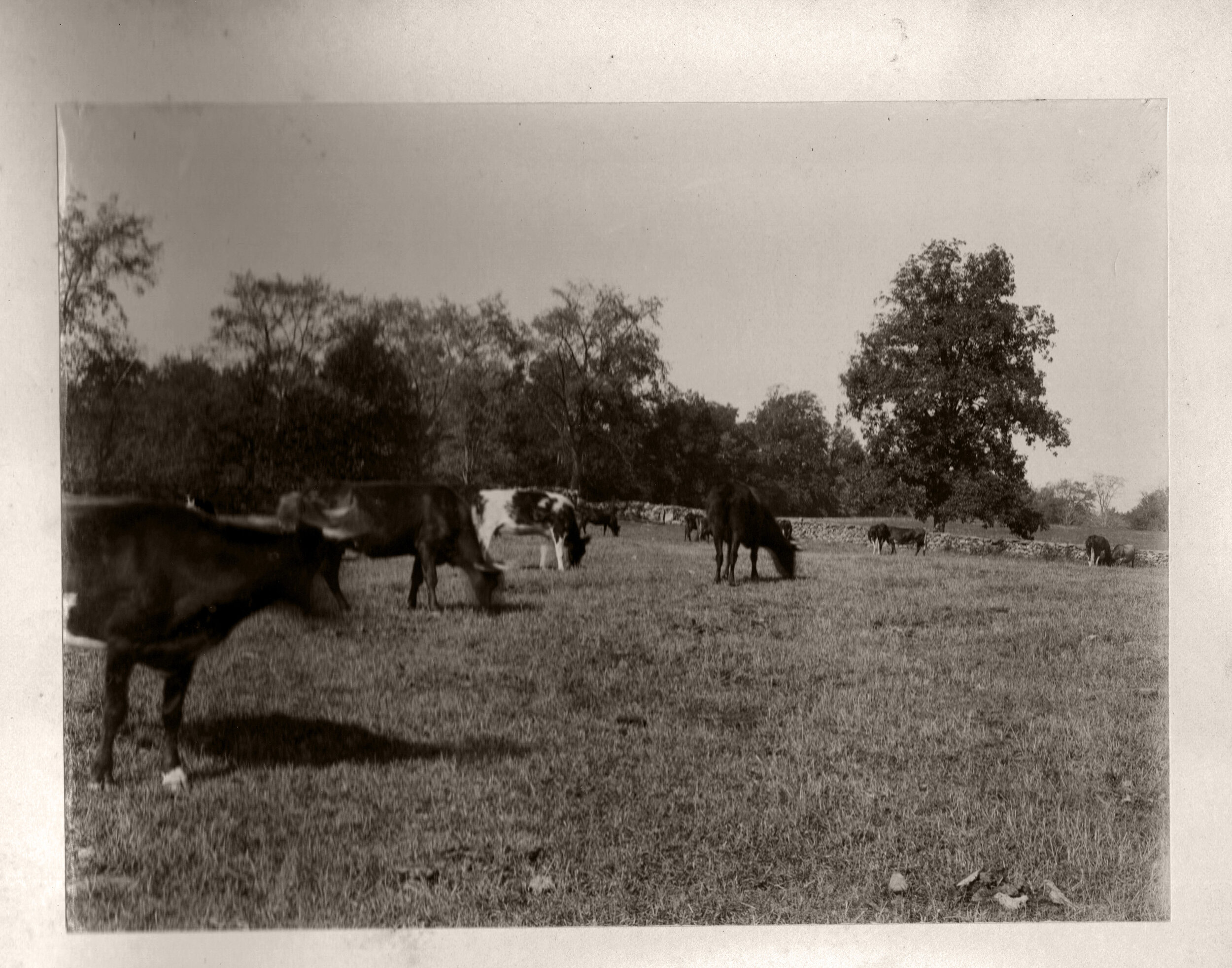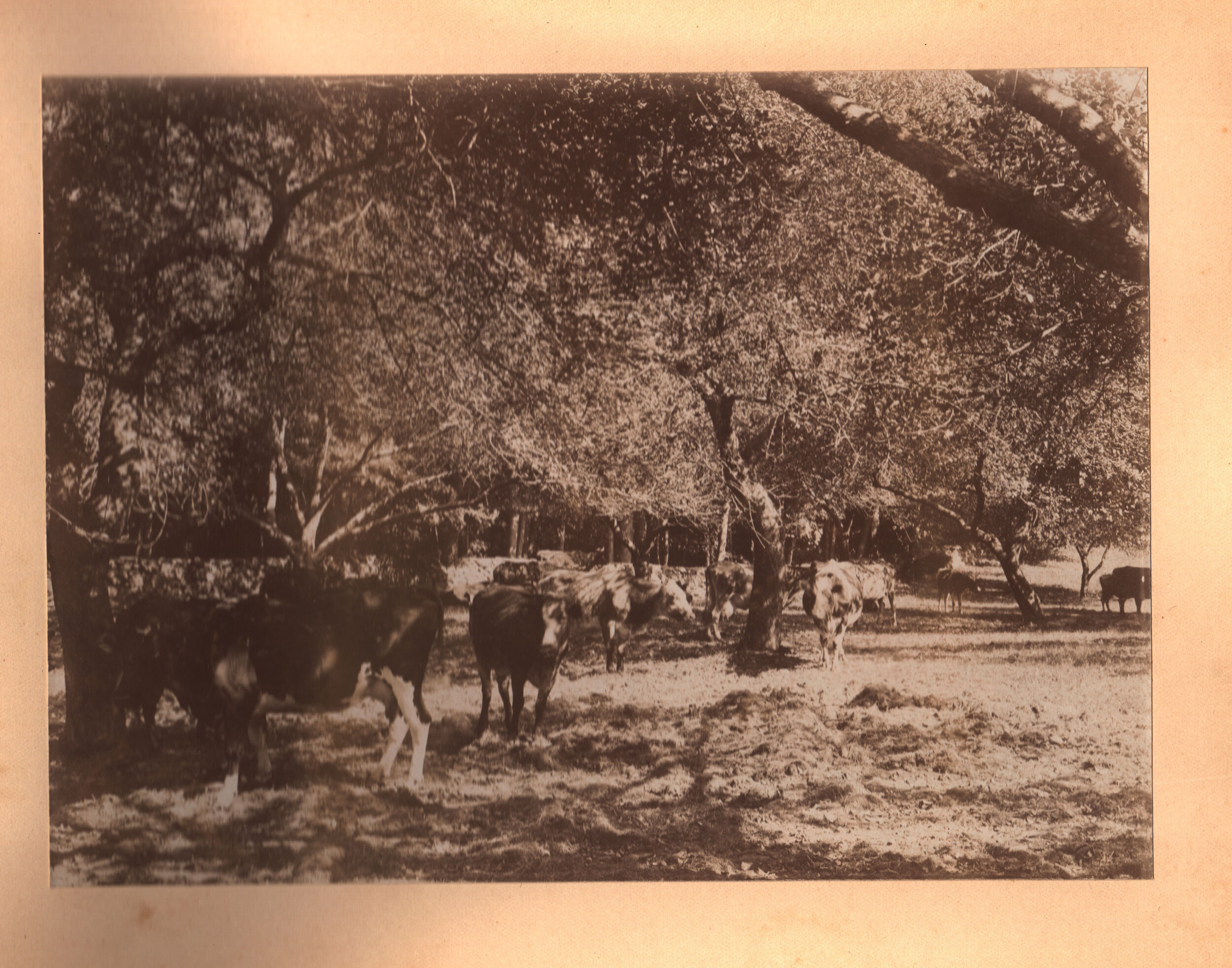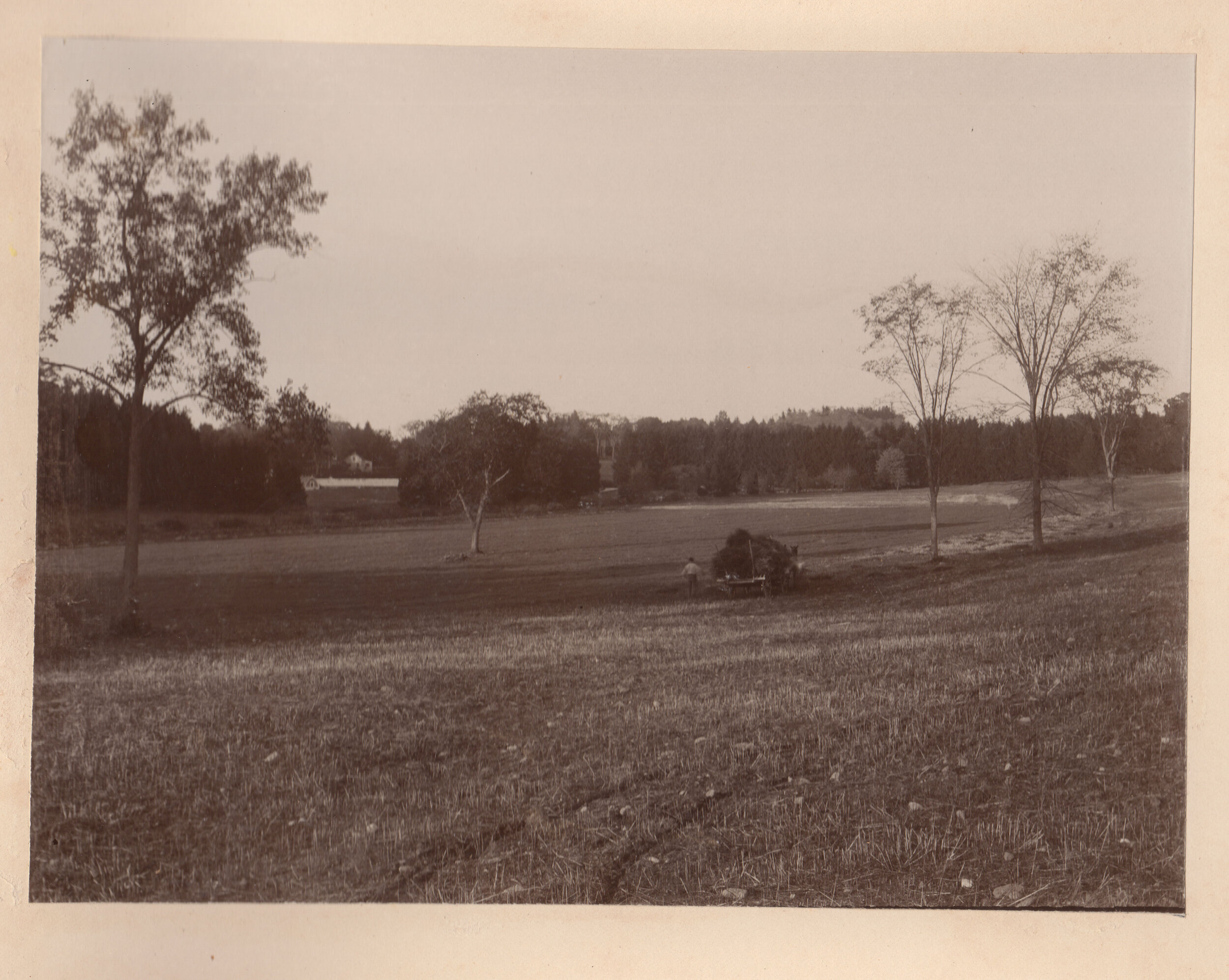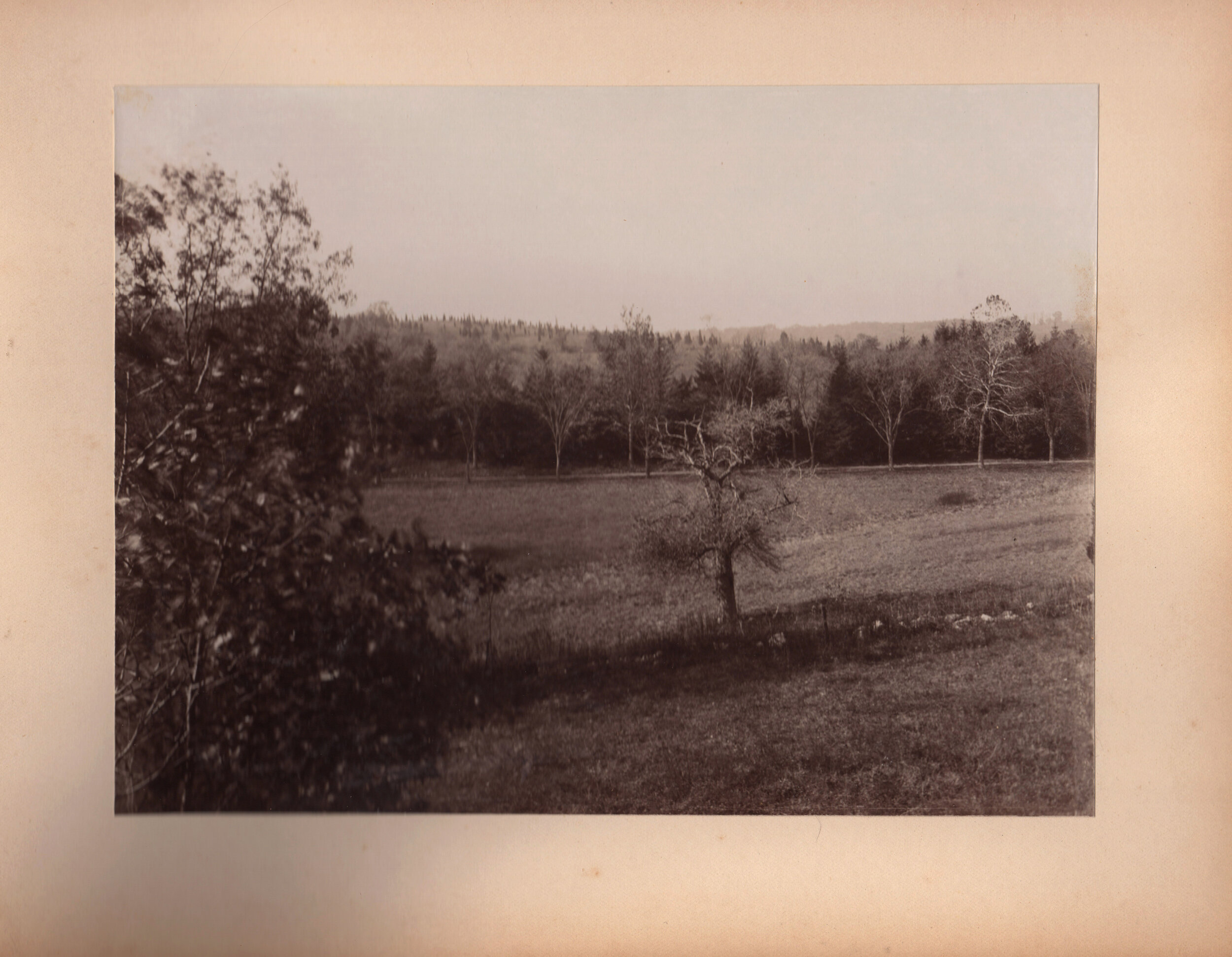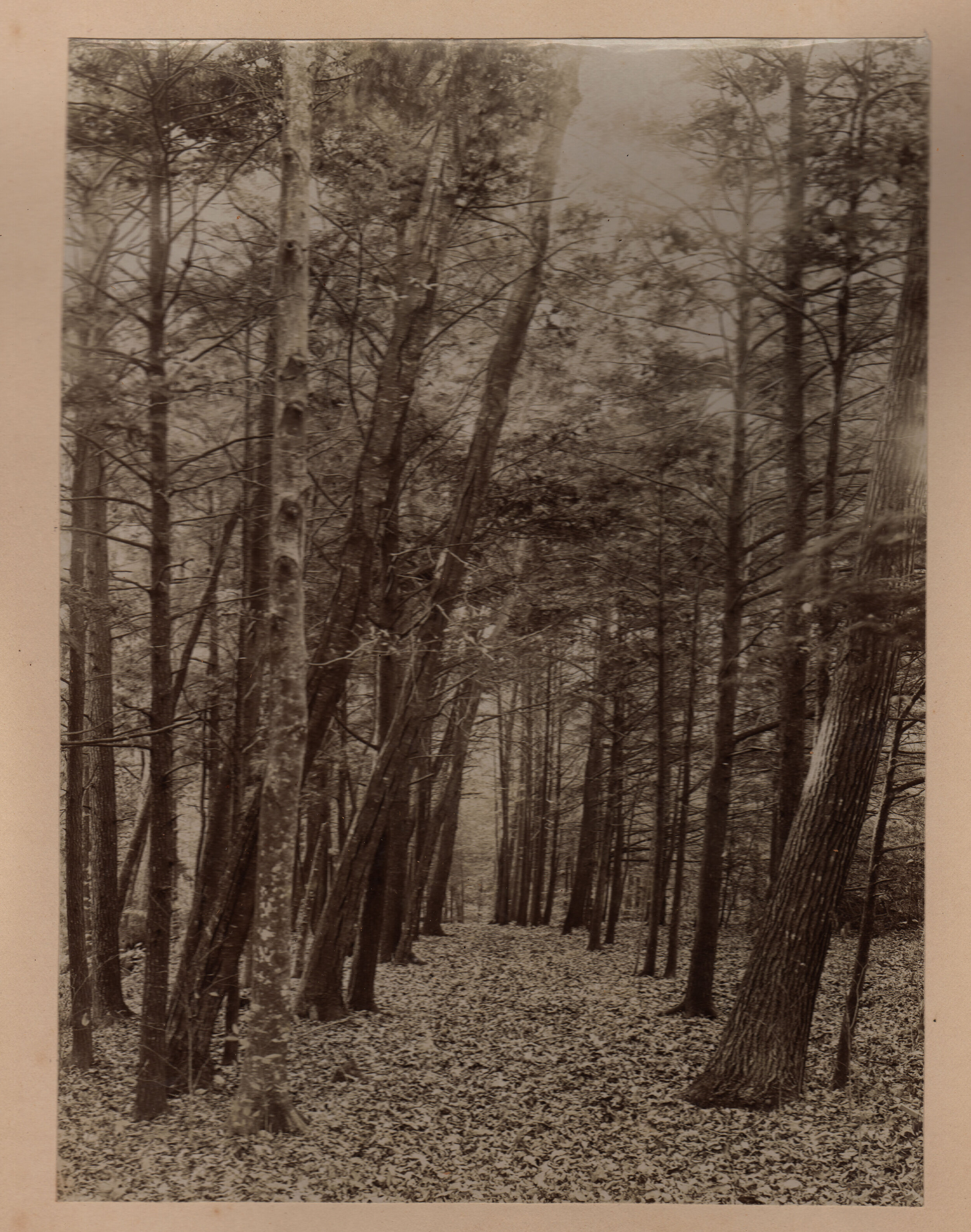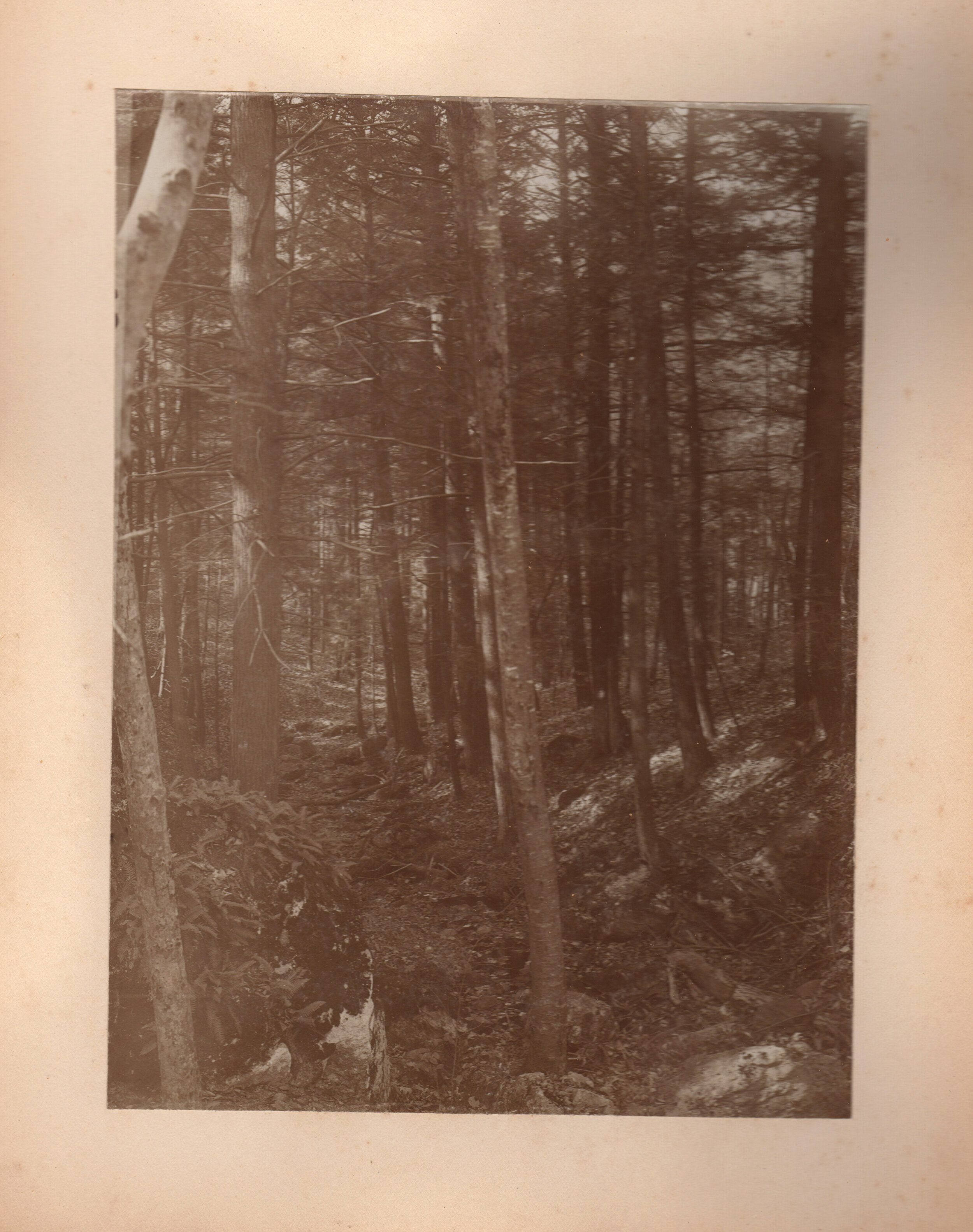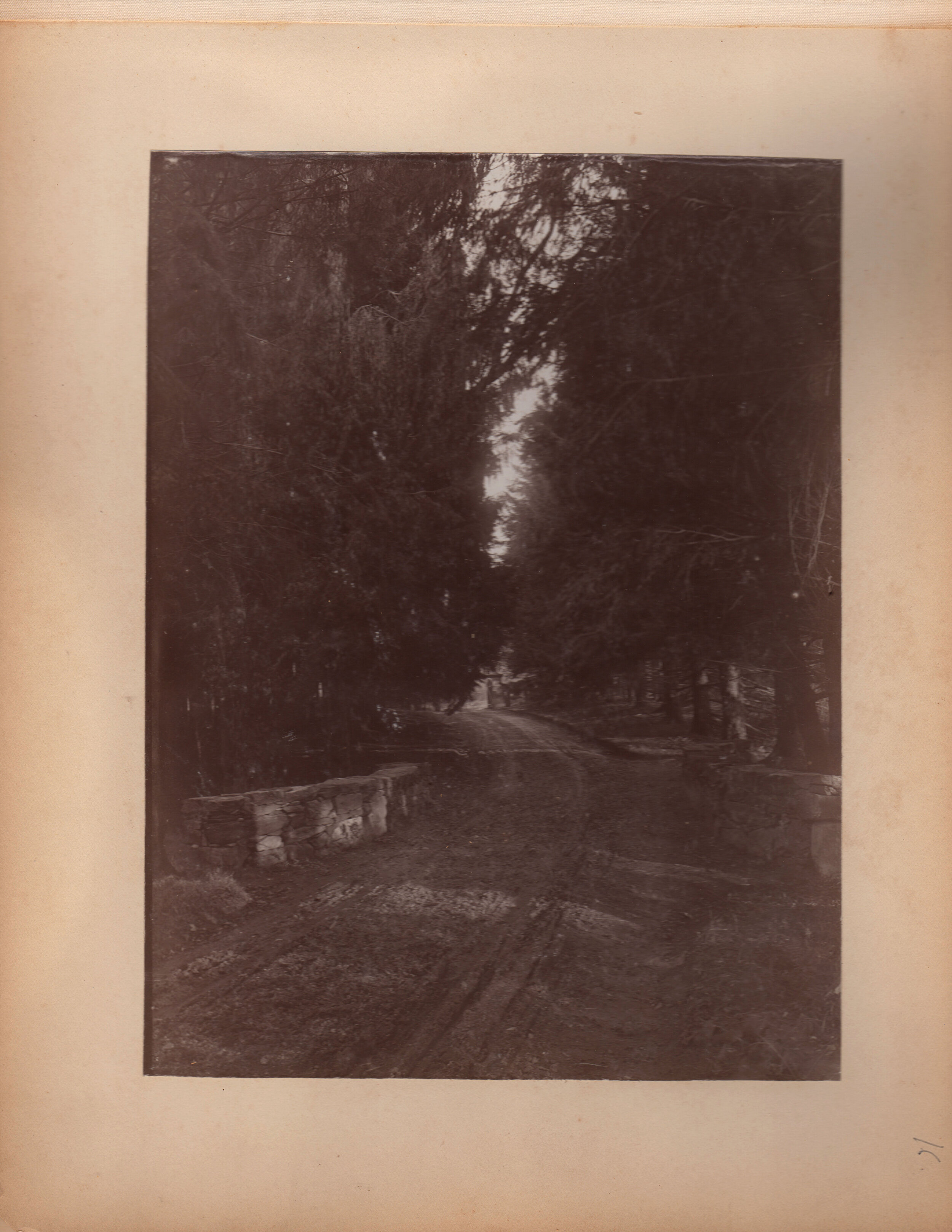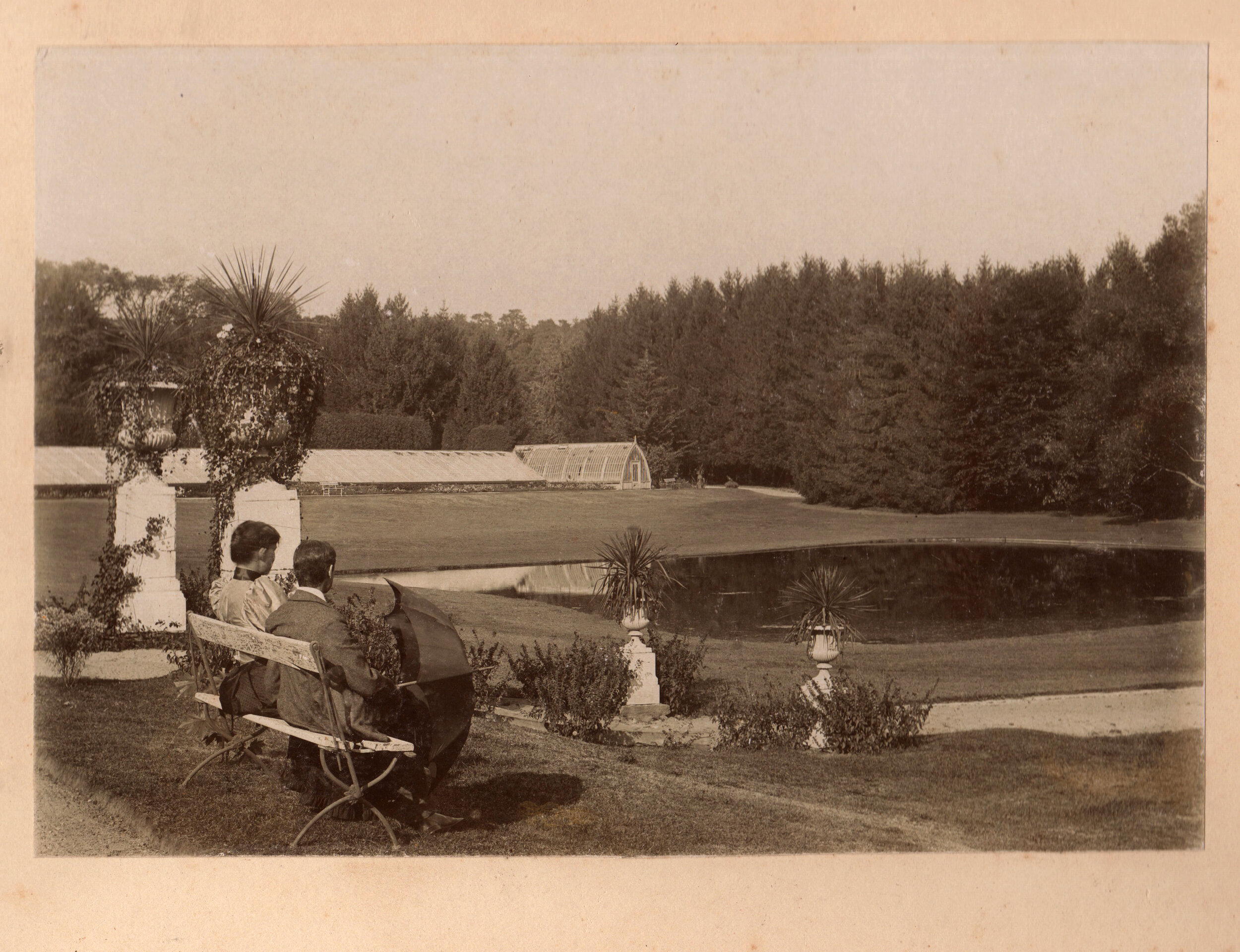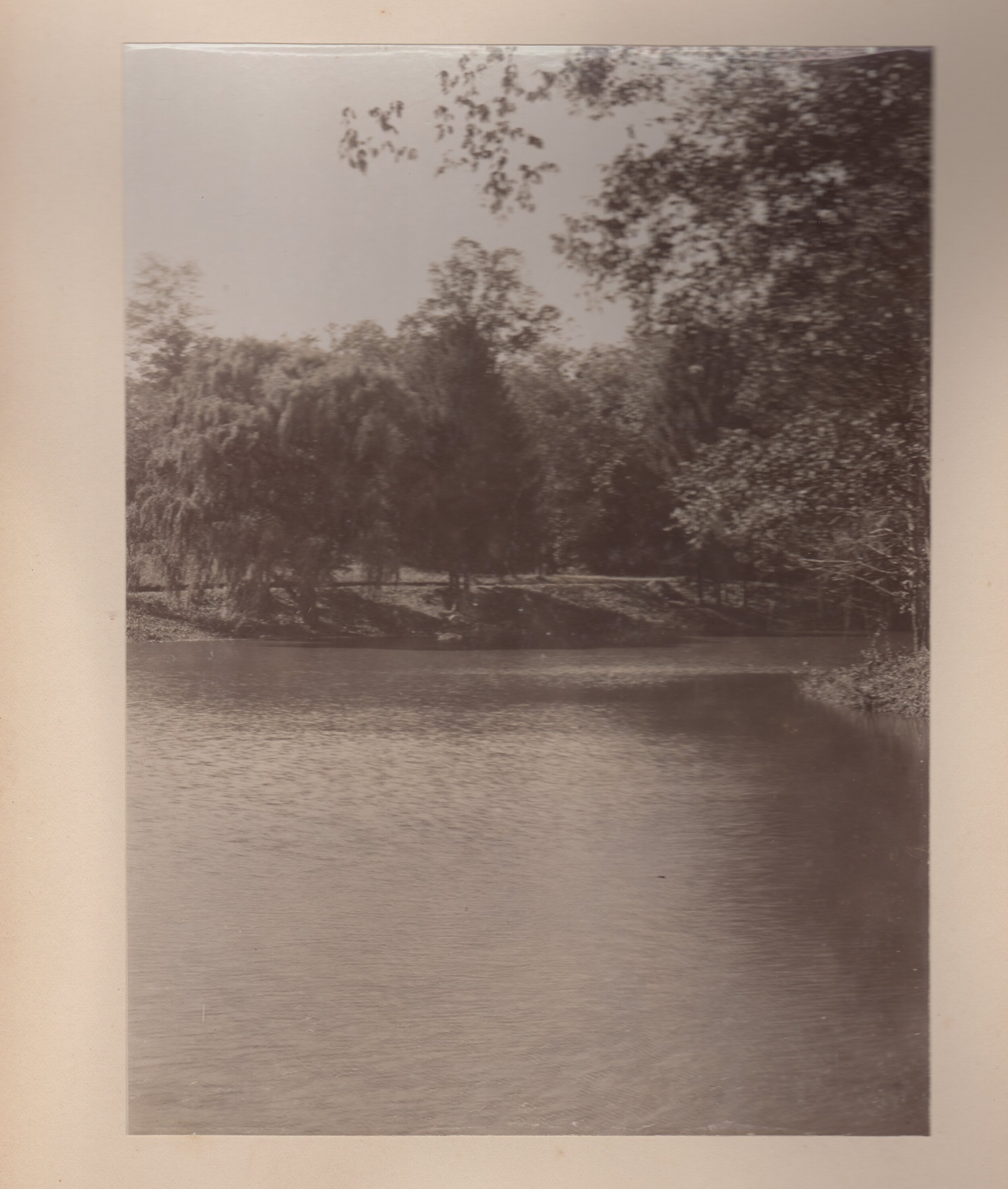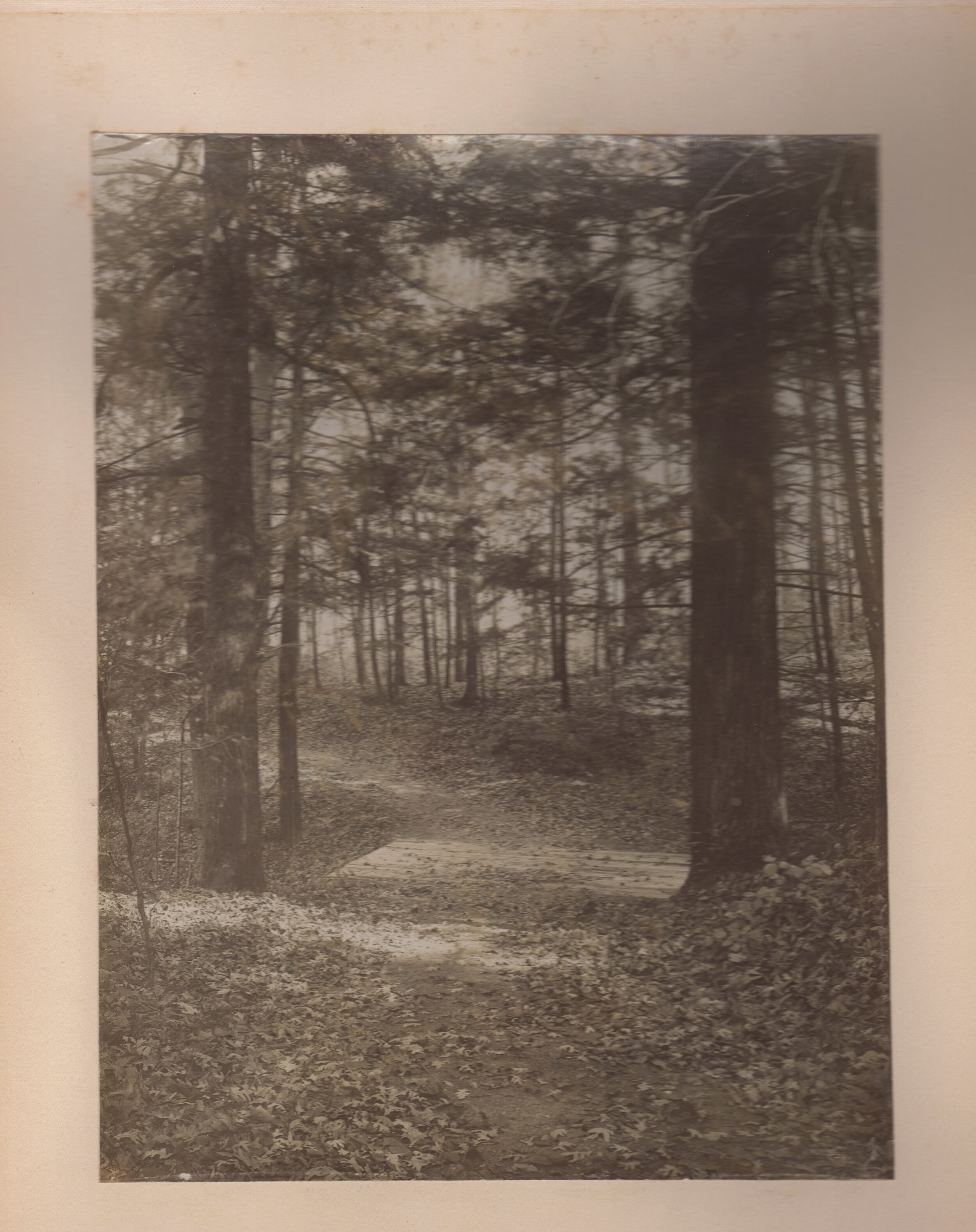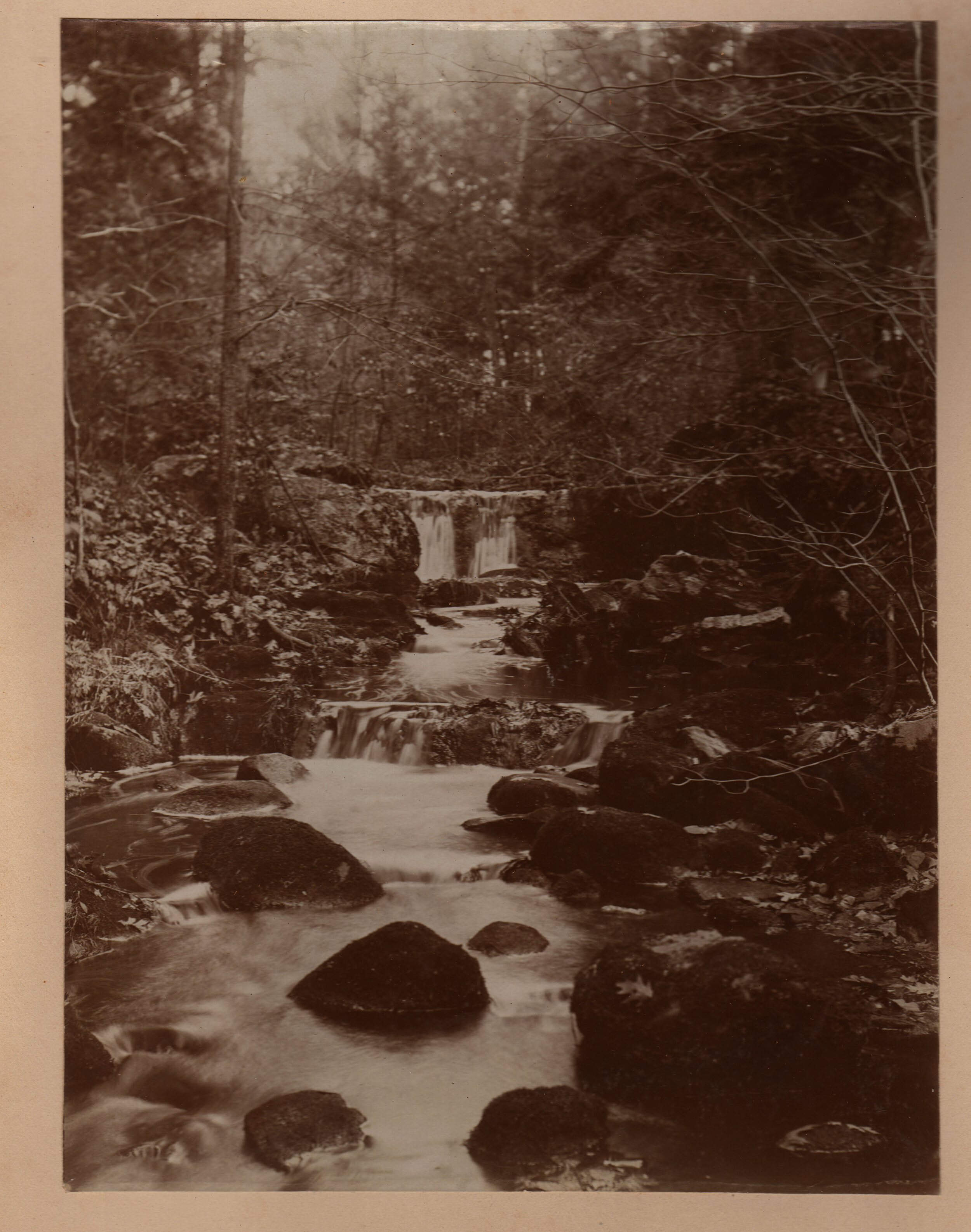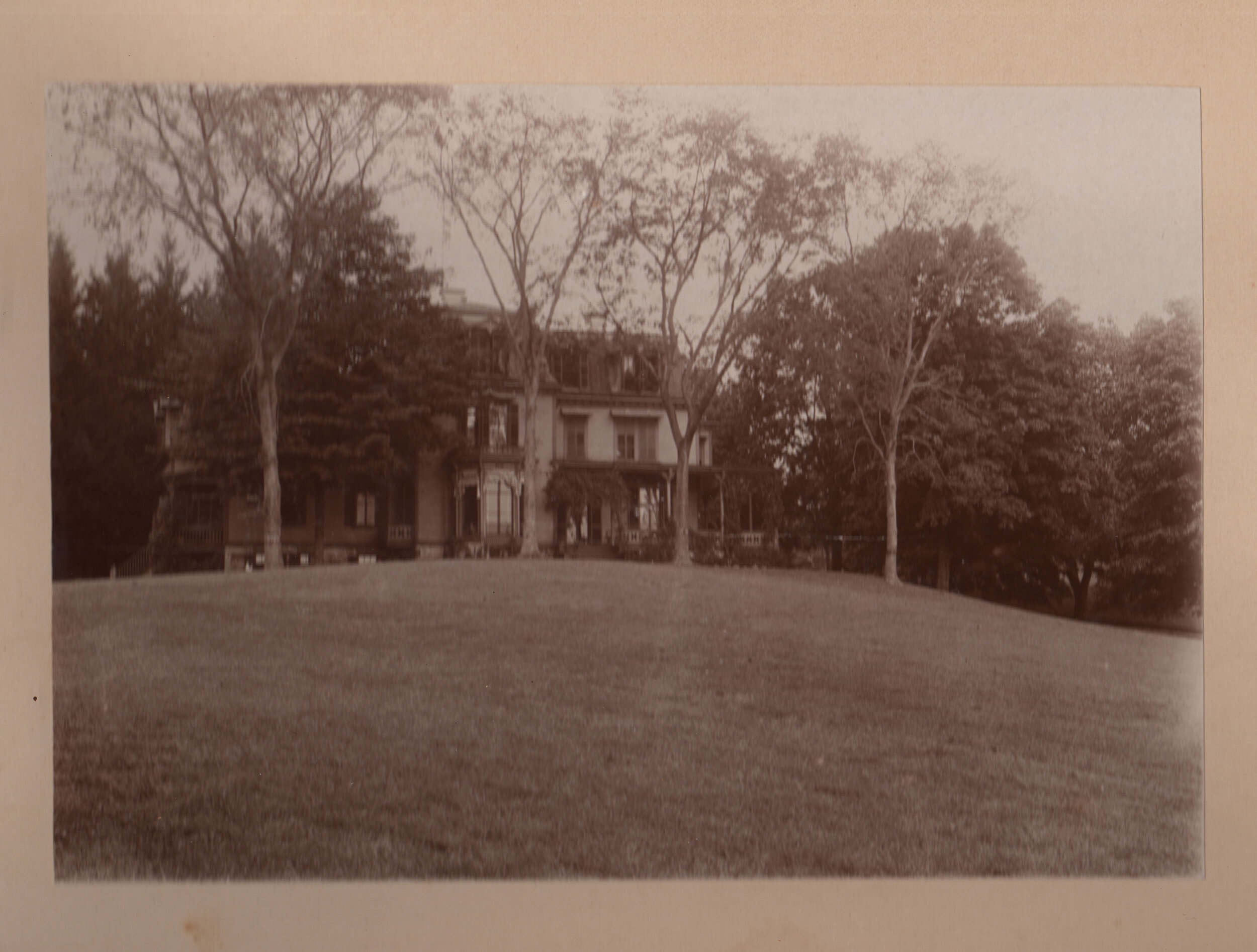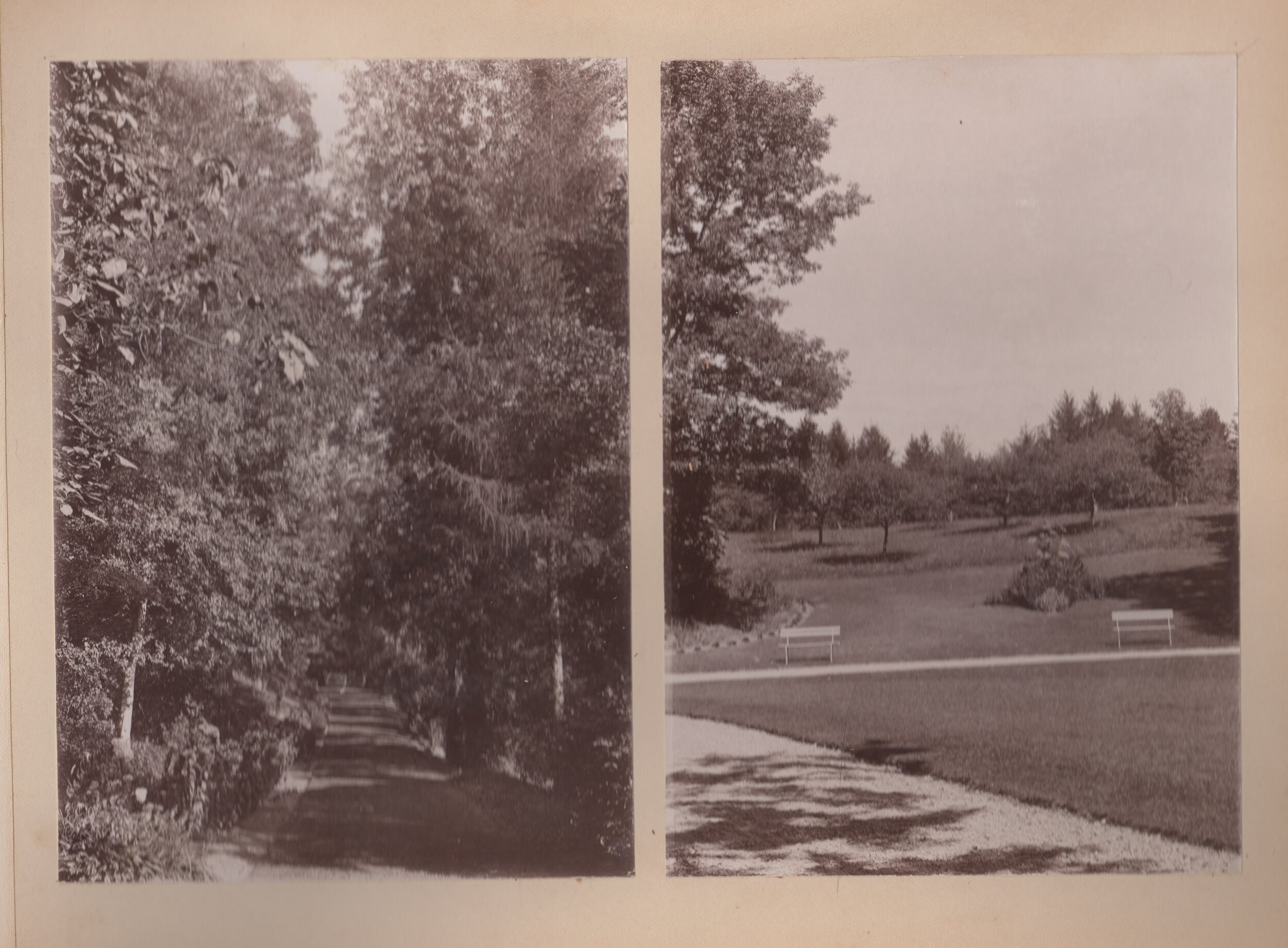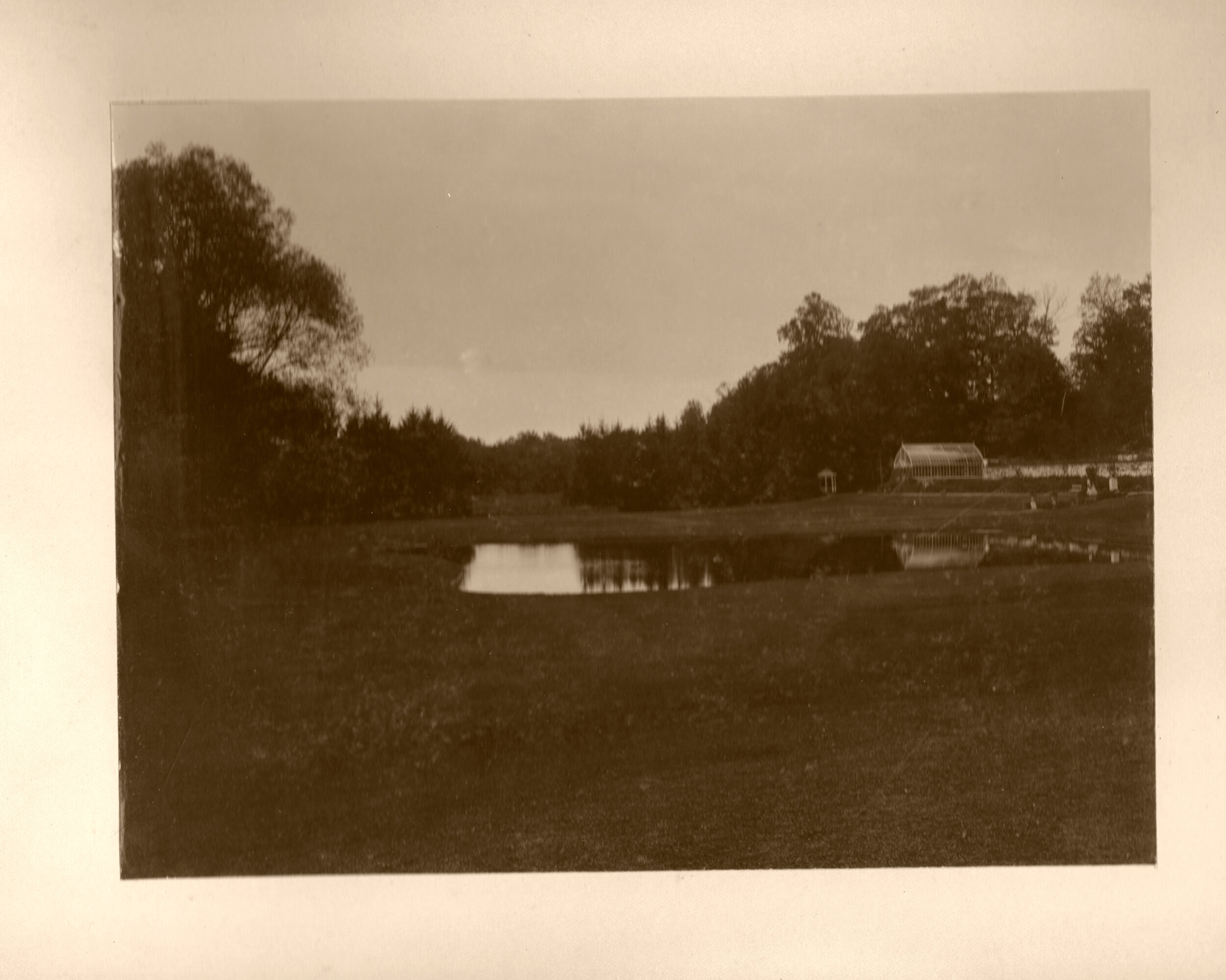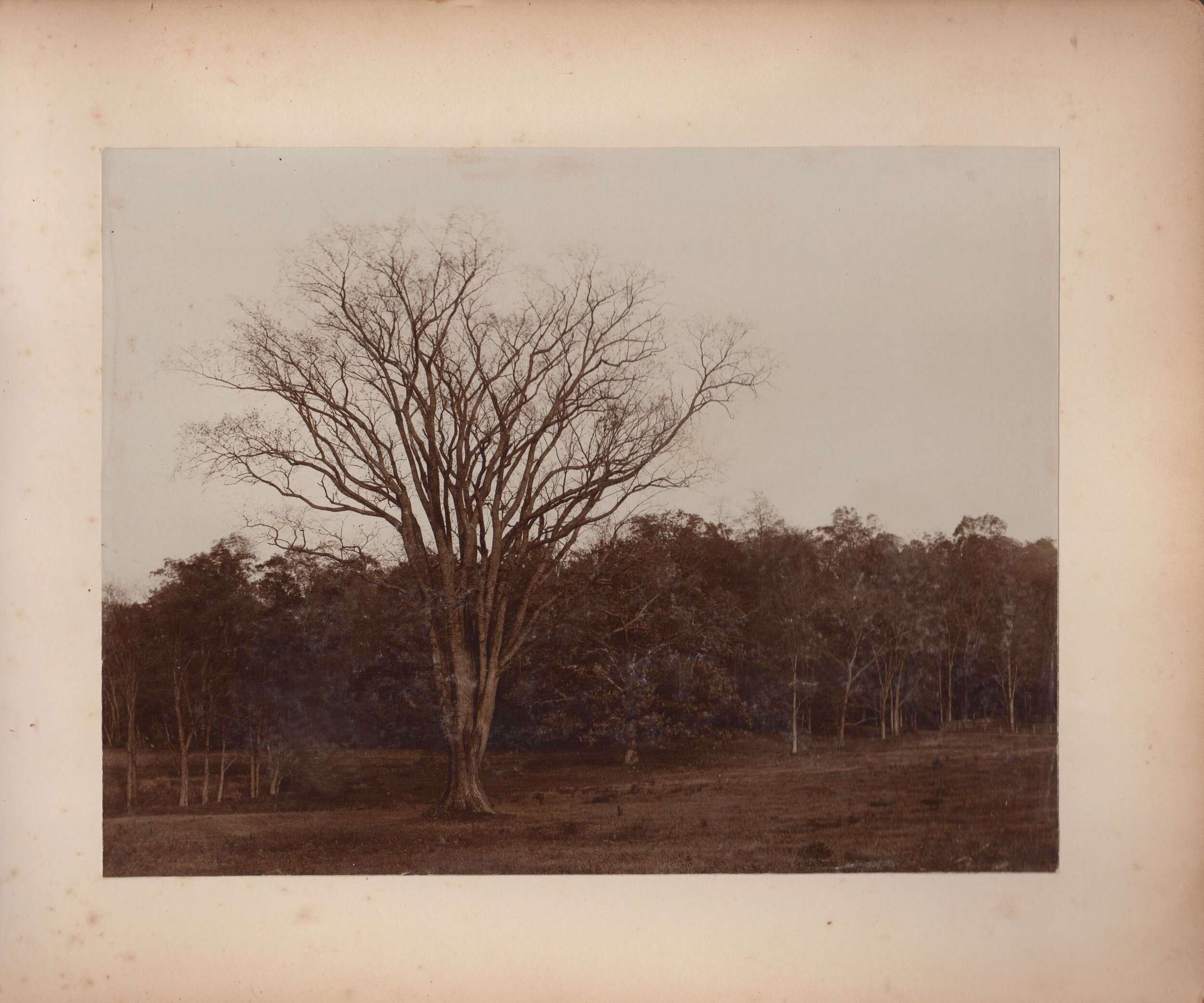Scarsdale Historical Society Awards Grant to Friends of Odell House Rochambeau Headquarters
/Historic Site in Hartsdale, NY. Played A Key Role in Revolutionary War
The Scarsdale Historical Society (SHS) today announced the award of $7,500 granted to the Friends of the Odell House Rochambeau Headquarters (OHRH) in Hartsdale, N.Y. The grant is a part of SHS’s mission to discover, preserve and disseminate the rich history of Scarsdale and its neighboring communities in Central Westchester.
In 1781, OHRH served as the headquarters for the Comte de Rochambeau and his French Forces during the French American Encampment in Greenburgh, N.Y. It was here that Rochambeau and George Washington made the important decision to march their troops to Yorktown, Virginia, where they jointly defeated the British army and won America’s Independence. Not only is OHRH one of the most important sites of revolutionary history in Westchester County, but it is also a rare example of an 18th-century farmhouse, with its original details intact, that was occupied by one family from 1785 to 1990.
“Friends of OHRH are grateful for the continued support of the Scarsdale Historical Society,” stated Susan Seal, President of the Friends of Odell House Rochambeau Headquarters. This grant will help defray the cost of storing the vast contents of the house representing over 230 years of the life of the house. These antiques and artifacts have been safely removed from the house by the Friends to allow the restoration work to progress. The grant also continues to provide us with an expert to assist us in maintaining our website.”
“With this grant, we are pleased to play a role in making sure the history and legacy of OHRH lives on,” stated Randy Guggenheimer, President of the Scarsdale Historical Society. “OHRH is a community treasure that will educate and inspire the public for generations to come.”
Visit the OHRH website to learn more.
